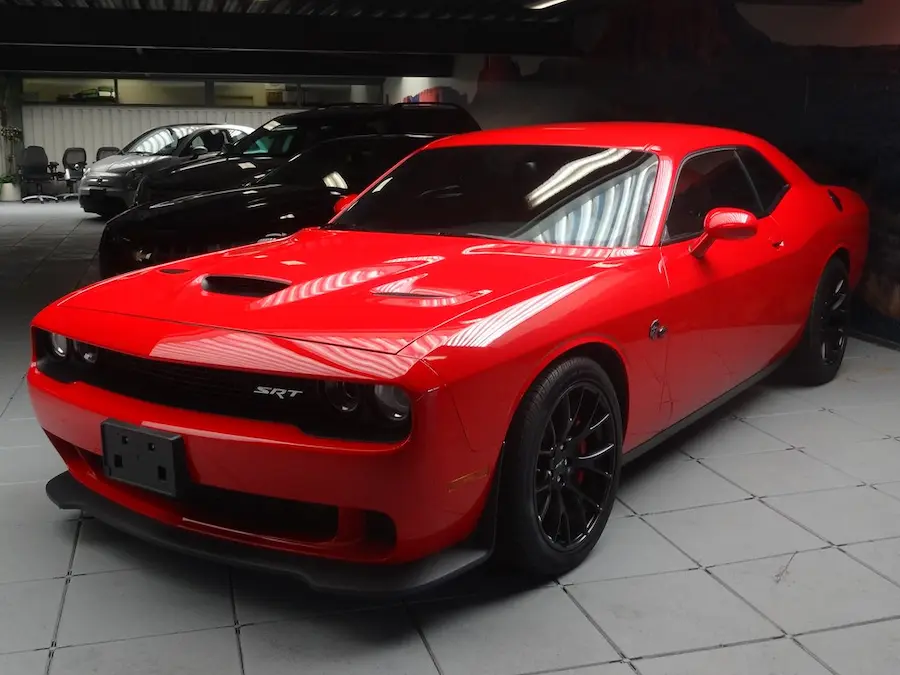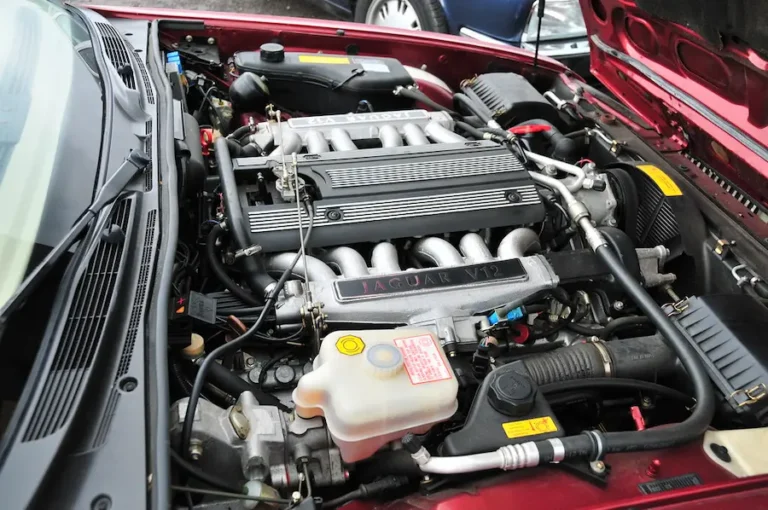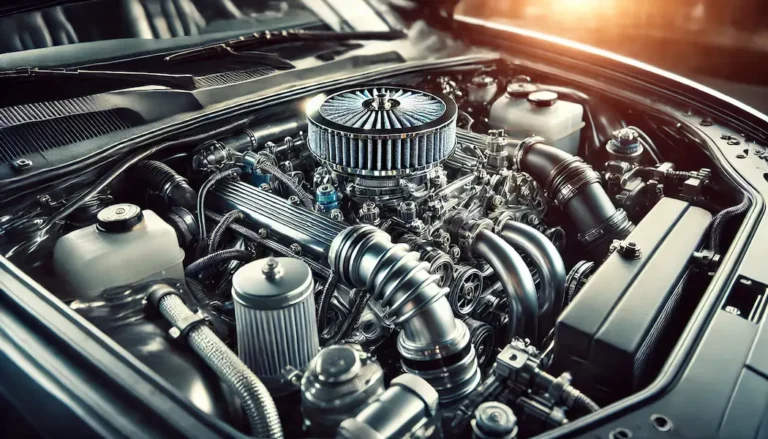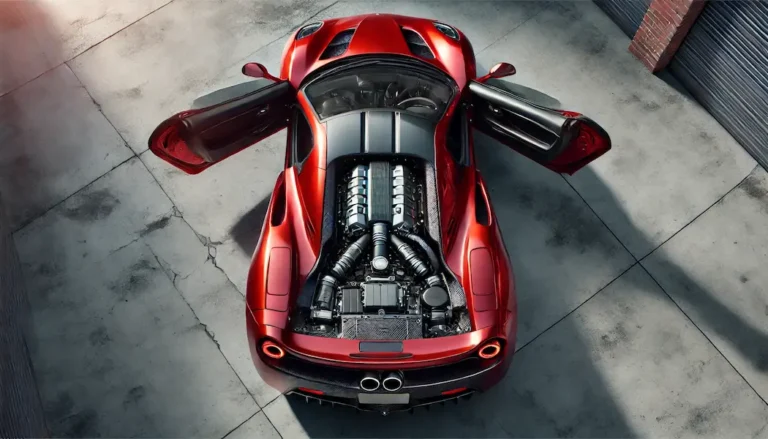Cars with HEMI Engine: The Power Behind the Legend

The HEMI engine, known for its unique hemispherical combustion chambers, has been a powerhouse in the automotive industry for decades. Developed by Chrysler in the 1950s, these engines are synonymous with high performance, power, and efficiency. In this article, we will explore the history, evolution, and significance of cars with HEMI engines, showcasing why they remain a favorite among car enthusiasts.
The Birth of HEMI Engines
The story of HEMI engines begins in the early 1950s. Initially developed for military and aeronautic applications, Chrysler quickly saw the potential for these engines in automobiles. The first HEMI engine, known as the FirePower, was introduced in 1951. This engine featured a 331 cubic inch V8 that produced 180 horsepower, making it the most powerful engine offered by an American automaker at that time.
Key Features of the Early HEMI Engines:
- Hemispherical combustion chambers for better airflow and combustion efficiency.
- High power output compared to other engines of the same era.
- Initially used in models like the Chrysler New Yorker and Imperial.
The 426 HEMI: A Game Changer
One of the most iconic HEMI engines is the 426 HEMI, introduced in 1964. Initially developed for NASCAR racing, the 426 HEMI quickly found its way into production vehicles such as the Dodge Charger and Plymouth Road Runner. With its massive displacement and high compression ratio, the 426 HEMI could produce over 425 horsepower, setting new benchmarks for performance.
Notable Vehicles with the 426 HEMI Engine:
- Plymouth Road Runner
- Dodge Charger
- Dodge Coronet
Modern HEMI Engines: Technological Marvels
Modern HEMI engines have evolved significantly, incorporating advanced technologies to enhance performance and efficiency. Features such as multi-displacement systems (MDS), variable valve timing (VVT), and electronic fuel injection (EFI) have made these engines more versatile and powerful.
Technological Advancements:
- Multi-Displacement System (MDS): Shuts down half of the cylinders when full power is not needed, improving fuel efficiency.
- Variable Valve Timing (VVT): Optimizes valve timing for better performance across a wide range of speeds.
- Electronic Fuel Injection (EFI): Ensures precise fuel delivery, enhancing both power and efficiency.
Iconic Modern HEMI Engines
Here are some of the most iconic modern HEMI engines and their specifications:
- 426 HEMI Engine
- Introduced: 1964
- Power: 425+ horsepower
- Applications: Plymouth Road Runner, Dodge Charger
- Hellcat HEMI
- Introduced: 2015
- Power: 707 horsepower
- Applications: Dodge Challenger SRT Hellcat, Dodge Charger SRT Hellcat
- Demon HEMI
- Introduced: 2018
- Power: 840 horsepower (with race fuel)
- Applications: Dodge Challenger SRT Demon
- Redeye HEMI
- Introduced: Derived from the Demon’s powertrain
- Power: 797 horsepower
- Applications: Dodge Challenger SRT Hellcat Redeye
- 426 Hellephant HEMI
- Introduced: 2019 (as a crate engine)
- Power: 1000 horsepower
- Applications: Custom builds, drag racing
Technological Advancements in HEMI Engines
HEMI engines are not just about raw power; they also showcase brilliant engineering. Over the years, several technological advancements have been integrated into HEMI engines to enhance their performance and efficiency.
1. Multi-Displacement System (MDS):
- MDS allows the engine to shut down half of its cylinders when full power is not needed. This helps save fuel and makes the car more efficient during regular driving.
2. Variable Valve Timing (VVT):
- VVT optimizes the timing of the valve opening and closing, improving performance across a wide range of speeds. This technology ensures that the engine performs well whether you are driving slowly or at high speeds.
3. Electronic Fuel Injection (EFI):
- EFI ensures that the engine gets the precise amount of fuel it needs. This enhances both power and efficiency, making the engine more reliable.
Modern HEMI Engines in Today’s Cars
HEMI engines continue to be a popular choice in many modern cars. Let’s look at some of the cars with HEMI engines that proudly feature these powerful engines.
1. Dodge Charger and Challenger:
- These muscle cars are known for their powerful performance. The Hellcat and Redeye HEMI engines in these cars deliver incredible horsepower and speed, making them favorites among car enthusiasts.
2. Jeep Grand Cherokee Trackhawk:
- This SUV combines the power of a HEMI engine with the versatility of an all-terrain vehicle. The Trackhawk is known for its impressive speed and off-road capabilities.
3. Ram 1500 TRX:
- The Ram 1500 TRX is a powerful truck equipped with the Hellcat HEMI engine. It is one of the most powerful production trucks ever built, offering great performance for both work and play.
HEMI Engines in the Racing World
HEMI engines have a long and successful history in racing. Their performance and reliability have made them a favorite among racers, especially in NASCAR and drag racing.
NASCAR Success:
- The 426 HEMI engine dominated NASCAR races in the 1960s. Its superior power gave Chrysler cars an edge, leading to several victories. However, due to its performance advantage, it was eventually banned from NASCAR competition.
Drag Racing:
- Even today, HEMI engines are a popular choice for drag racing. Their unmatched power and durability make them ideal for this high-speed, high-intensity sport.
The Future of HEMI Engines
While the automotive industry is moving towards electric and hybrid vehicles, cars with HEMI engines continue to have a significant presence. Chrysler and its associated brands are expected to keep producing these powerful engines for high-performance vehicles.
Innovations in Engine Technology:
- Ongoing innovations in engine technology will ensure that HEMI engines remain relevant. These advancements will likely make HEMI engines more efficient and powerful, keeping them competitive in the future automotive landscape.
Table: Key HEMI Engines and Their Specifications
| Engine | Introduced | Power (HP) | Applications |
|---|---|---|---|
| 426 HEMI | 1964 | 425+ | Plymouth Road Runner, Dodge Charger |
| Hellcat HEMI | 2015 | 707 | Dodge Challenger SRT Hellcat, Dodge Charger SRT Hellcat |
| Demon HEMI | 2018 | 840 | Dodge Challenger SRT Demon |
| Redeye HEMI | Derived from Demon | 797 | Dodge Challenger SRT Hellcat Redeye |
| 426 Hellephant HEMI | 2019 | 1000 | Custom builds, drag racing |
FAQs About HEMI Engines
1. What is a HEMI engine?
- A HEMI engine is known for its hemispherical combustion chambers. This design allows for better airflow and fuel combustion, resulting in increased performance.
2. What vehicles have HEMI engines?
- HEMI engines are found in various vehicles, including muscle cars like the Dodge Challenger and Charger, trucks such as the Ram 1500, and SUVs like the Jeep Grand Cherokee.
3. Are all HEMI engines V8s?
- While most HEMI engines are V8s, there have been exceptions. Chrysler has produced some HEMI V6 engines, although they are less common compared to their V8 counterparts.
4. What makes HEMI engines different from other engines?
- The hemispherical shape of the combustion chambers is the primary distinguishing feature of HEMI engines. This design allows for larger valves and better airflow, resulting in improved performance.
Conclusion
HEMI engines have left an indelible mark on the automotive world. From their early days powering military vehicles to becoming the heart of some of the most iconic muscle cars, HEMI engines are celebrated for their power, performance, and innovation. Despite the shift towards electric and hybrid vehicles, the legacy of HEMI engines continues to thrive, promising exciting developments for car enthusiasts in the years to come.
Read also: Cars with Jet Engines: An Exciting Dive into Speed and Innovation






